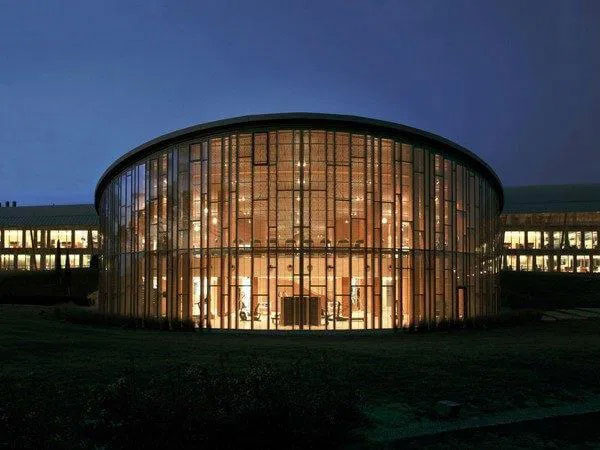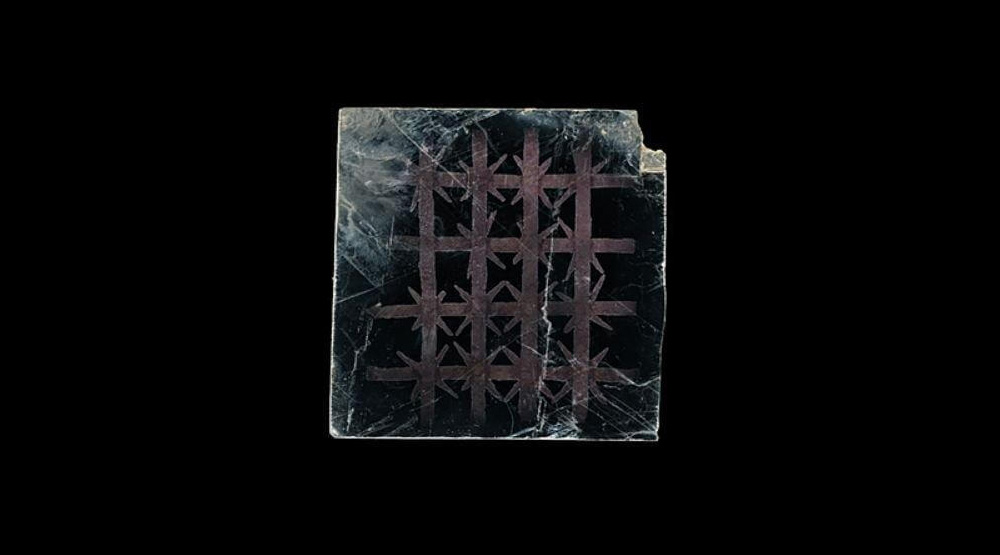What is the shape of a window? The question is deceptively simple and each of us believes we have a good answer. But if we could read the minds of the people to whom we ask the question, the window would have many forms: that of a room in one’s home, the large window of the office, perhaps the windows of an ancient Renaissance palace, the polychrome ones of a Gothic church or even those of the facade of a building by Le Corbusier…
Over the centuries the window has changed its appearance many times, to the point of becoming an architectural element that forms an integral part of a building. Without pretensions to completeness we will try to retrace its history here.
The window from prehistory to the Greco-Roman age
The first human dwellings were caves, which were accessed via a single opening, which also constituted the only point of contact between inside and outside, mainly for safety reasons. Even in the Neolithic period, the tents of nomadic populations and the huts of the very first farmers were equipped with only one opening.
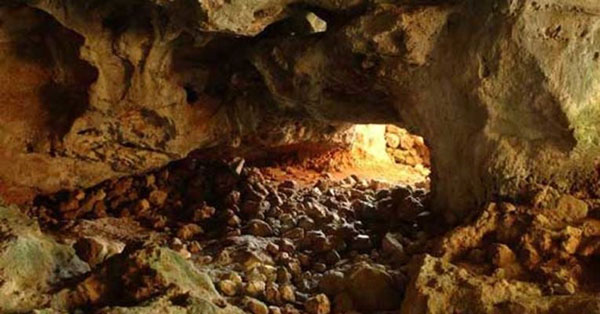
In the Mesopotamian and Egyptian civilisations, public or cult buildings had openings in the masonry that promoted air exchange in the building and created a series of beams of light to illuminate the interior. Similar openings in the external masonry are also used in the Minoan and Mycenaean civilizations and in the Nuragic civilization in Sardinia.
Although the ancient Egyptians knew the techniques of melting glass, it was never used to create windows: because the main objective of these openings was to provide ventilation for the interior, to make the rooms cool in the hot seasons; in the cold seasons the gaps were closed with thin, transparent sheets.

The choice to screen windows with glass became widespread in Roman times. The decisive moment is the 1st century AD, when the glass blowing technique, born in the Middle East, was developed. Previously, the most common technique for manufacturing window panes was pouring molten glass into molds, which created very thick glass. Blowing involved blowing a certain amount of glass into the frame through a perforated metal barrel, resulting in a thinner material. Thanks to this technique, glass sheets closing windows were soon adopted in both public and private buildings of the Roman Empire, as demonstrated by archaeological finds and literary evidence.
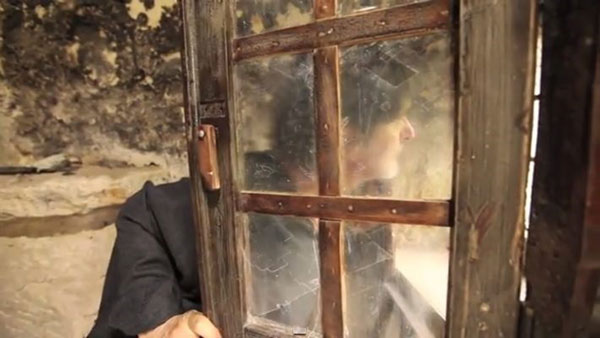
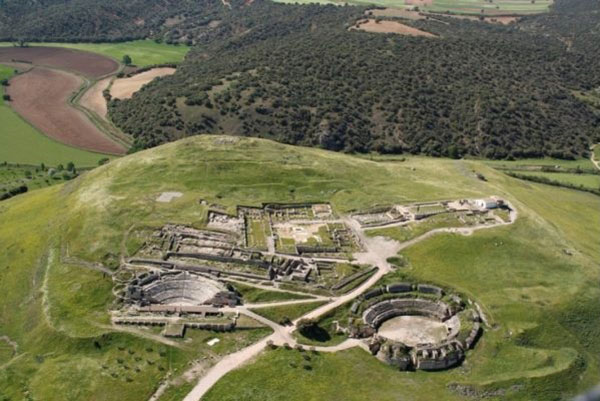
Middle Ages and Gothic period
Having lost the technological wisdom of the Romans, the window in the Middle Ages presented the appearance of a minimal opening created in the masonry of the building. Although the shapes were various, mullioned or three-lancet, the absence of glass and the thickness of the walls necessarily reduced the size of the window to a minimum. During the Romanesque period, the rose window was born, a large circular window divided into radial geometric shapes, which spread to religious buildings.
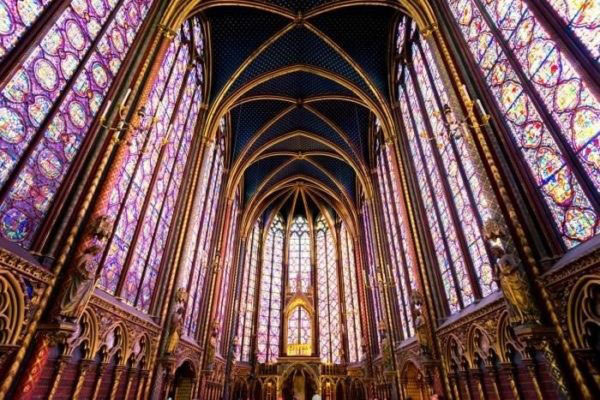
In the Gothic period, window design in religious buildings benefited from significant technological progress, which allowed the loads of the building to be distributed differently. The facades become lighter and are populated with large and tall windows, often with multi-lancet windows, rich in decorations: light becomes an element of definition of the internal spaces. Another great innovation of this period are the large stained glass windows, which transform the interior of the churches into polychrome treasure chests of light.
The use of windows and doors is spreading in civil buildings. The glass is contained in metal profiles and the window is inserted into a structure created in the masonry; the blinds are made of wood.
Renaissance and Baroque
During the Renaissance era, the window became an independent object of reflection by architects, as witnessed by Giorgio Vasari who in his Lives described the shape of the windows of the palaces of Florence and Rome. As a sign of distinction, the noble palaces of the cities introduced the architraved window, in combination with classical friezes. It is no coincidence that a tax on windows was born in this era, considered a sign of great wealth. Only the palaces of the rich could present large architrave glass windows, while the people could not afford glass and still closed the openings with wooden shutters. During the Baroque age, having abandoned the classical schemes of the Renaissance, the window became the element more important than the façade and takes on the most varied shapes: rectangular, square, circular or ovoid, round or depressed arch, gable… Characteristic of the Baroque period is the development of wooden window and door technology, born in the Renaissance. Italian craftsmen are making progress both in the processing of wooden frames and in glass technology. The first type of wooden window was a single-sash one, but within a few decades the use of two sashes and even two sashes folded in the middle became widespread.
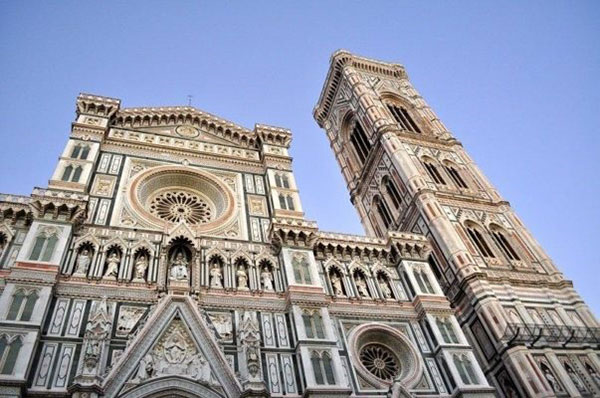
Modern age
In the nineteenth century, with the spread of iron and glass buildings, windows became larger thanks to the lightness of the load-bearing structures and the development of technology, which allowed the use of glass panes of ever larger dimensions. In this era, windows and doors were generally made of iron for non-residential construction, while wood remained the most used material in residential construction.
At the beginning of the twentieth century, Le Corbusier designed fixed glass windows with the sole function of lighting, often using large glass surfaces and the ribbon window, which runs along the entire façade of a building.
